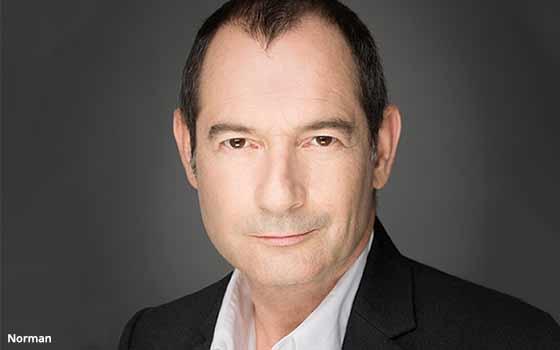
In 2018, the video
media-buying industry remains in limbo between the traditional and the modern. The choice is either to force digital video into linear mechanisms, systems and pricing structures or modernize
television to look more like digital, targeted, automated and optimized.
This year's GroupM State Of Video 2018 research examines how fractured markets in pursuit of single-channel
metrics (“my search budget performed better than your programmatic spend”) overshadow cross-channel allocation, optimization and attribution.
"The big takeaway for
advertisers and agencies is what we have said for years: platform-specific creativity informed by data and delivered to meaningful consumer cohorts should govern every decision," says Rob Norman,
former chief digital officer/senior advisor, GroupM.
advertisement
advertisement
For one, while TV ad-block time continues to rise, GroupM believes the market may be reaching a breaking point. Consumers are flocking and
becoming accustomed to ad-free models like Netflix and HBO, while neither advertisers nor broadcasters appear willing for the most part to take the financial hit to shorten their ad blocks.
Shorter ads could help lighten the load. Japan’s standard length has been 15 seconds for decades; Europe’s is :22. In the USA, 61% of ads were 30 seconds in 2014, falling to 49% by the
first half of 2017. At the same time, 15 second spots rose from 29% to 36% and 10-second ad from 2% to 5%.
For now, Nielsen recommends sticking to 30 seconds for new, complicated
messages or when seeking high awareness; 15 seconds is recommended for simpler messages and familiar campaigns. Meanwhile, so-called “skinny bundles”--smaller packages of channels
offered by providers at cheaper rates than traditional cable fare--present challenges to the bottom line.
And GroupM believes it is possible that the disruptors may be disrupted.
Disney’s acquisition of many Fox assets creates -- in theory at least -- a competitor to Amazon and Netflix. It may also support collaboration between buyer and seller in the sports arena,
although that it is far from certain, writes GroupM.
One welcome trend is the growth of fit-for-purpose, made-for-platform creative. The agency estimates that around two-thirds of video
ads are now platform-specific, as opposed to the versioned or truncated TV assets that have been the norm.
This is progress, but there is still work to do. GroupM data suggests that fewer than
20% of Facebook videos sustain viewing for three seconds. Attention is scarce and increasingly expensive, so ads must make their point quickly, with tangible benefit for the viewer. To formulate an
effective CPM will likely deviate quite differently from either the mechanistic-served video market or the certainties of video media subject to reliable and consistent “gold standard”
audience measurement.
While Facebook and Google remain the looming walled-garden giants, Amazon has emerged as the likely “third force.” In 2018, its revenues from
advertising in all forms will likely exceed $10 billion.
Amazon’s increasingly varied portfolio of ad products presents a real alternative to the other two platforms. "The big
change from previous years is that OTT and Amazon are real things now in respect of legacy player disruption and consumer adoption," says Norman. However, it should be noted that Amazon's
international presence is nowhere near as strong as Facebook or Google.
Ultimately, GroupM wonders whether perhaps it’s better to get back to basics. The purpose of advertising is
to create demand and then harvest it.
All channels have the potential to contribute to both. They do that best when they create a great user experience for both viewers (users) and
advertisers.